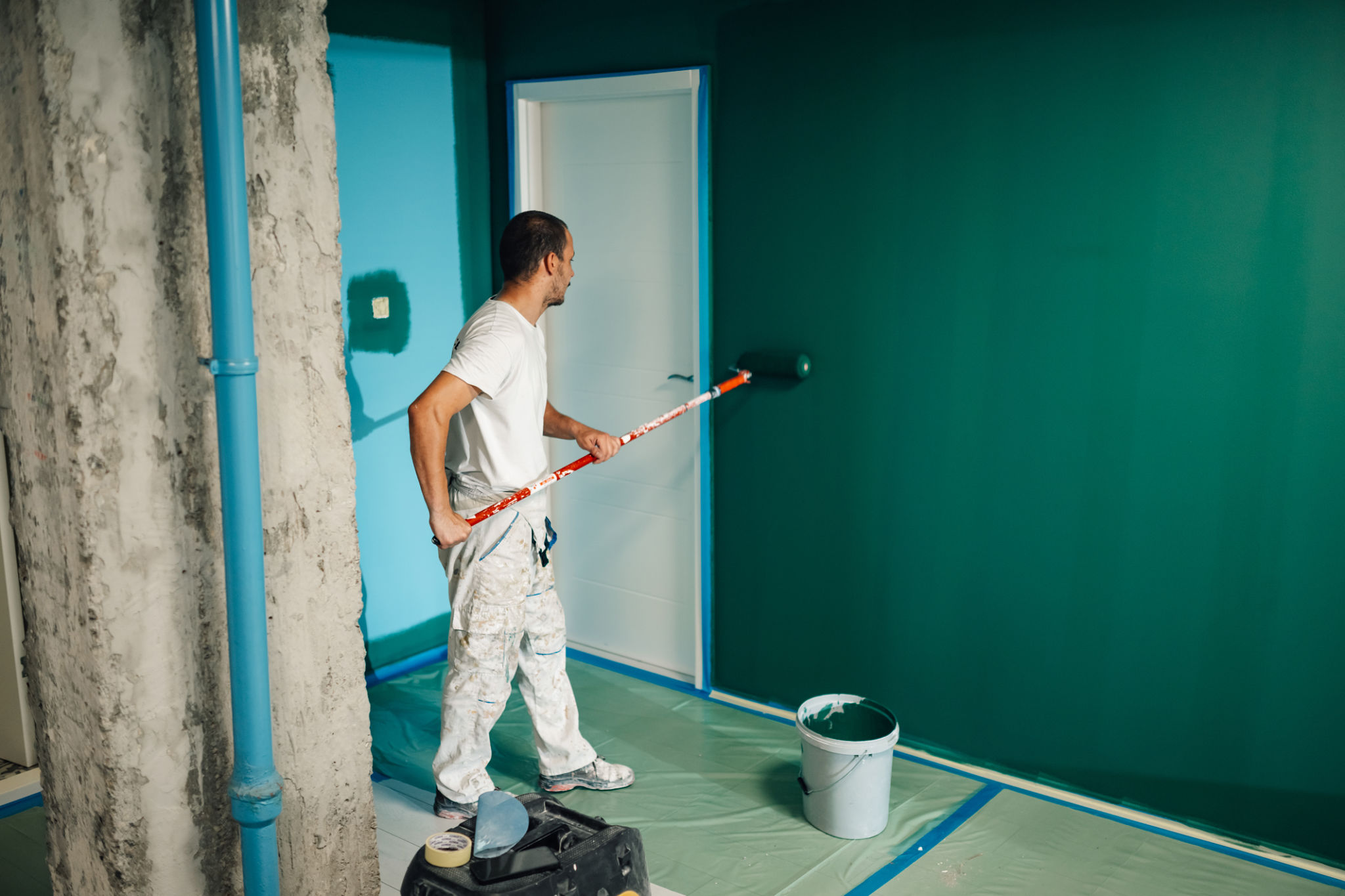Expert Tips on Exterior Home Painting in Coastal Climates
Understanding the Challenges of Coastal Climates
Painting a home in coastal areas comes with its unique set of challenges. The combination of salty air, high humidity, and intense UV rays can cause paint to deteriorate quickly. Homeowners need to opt for materials and techniques that can withstand these harsh elements to ensure a long-lasting and aesthetically pleasing finish.

Selecting the Right Paint
Choosing the right type of paint is crucial when dealing with coastal climates. Look for paints specifically designed for high-moisture environments. These paints often contain additives that resist mildew and mold growth. Additionally, opting for a high-quality acrylic latex paint can offer excellent durability and flexibility, allowing it to expand and contract with temperature changes without cracking.
Prepping the Surface
Proper surface preparation is critical for ensuring that the paint adheres well and provides a lasting finish. Begin by thoroughly cleaning the exterior surfaces to remove salt deposits, dirt, and any peeling paint. Power washing is an effective method for this task. After cleaning, allow the surfaces to dry completely before proceeding to the next steps.

Addressing Moisture Issues
Moisture can be a significant issue in coastal regions, leading to blistering or peeling paint. To mitigate this, ensure that any underlying moisture problems are addressed before painting. Check for leaks, inadequate ventilation, or water pooling issues around your home’s foundation. Installing proper drainage systems or using moisture barriers can help prevent these problems.
Choosing Durable Colors
When selecting colors for your exterior, consider hues that are known for their UV resistance. Dark colors tend to fade faster under intense sunlight, so lighter shades might be preferable for their longevity. Furthermore, using a high-quality primer can enhance color retention and provide an additional protective layer against the elements.

Application Techniques
The method of application can significantly impact the paint's durability. For coastal homes, it's advisable to apply at least two coats of paint, allowing adequate drying time between coats. Use brushes for detailed areas and rollers or sprayers for larger surfaces to ensure even coverage.
Regular Maintenance
Even with the best preparation and materials, regular maintenance is essential to keep your home looking fresh. Conduct annual inspections to check for signs of wear such as cracking or fading. Touch up any areas that have been affected by the elements promptly to prevent further damage.
Conclusion: Enjoying Your Beautiful Home
With these expert tips, you can achieve a stunning and durable paint job that withstands the challenges of coastal living. By choosing the right materials, preparing surfaces meticulously, and committing to regular maintenance, your home will not only look its best but also be protected against harsh coastal conditions for years to come.